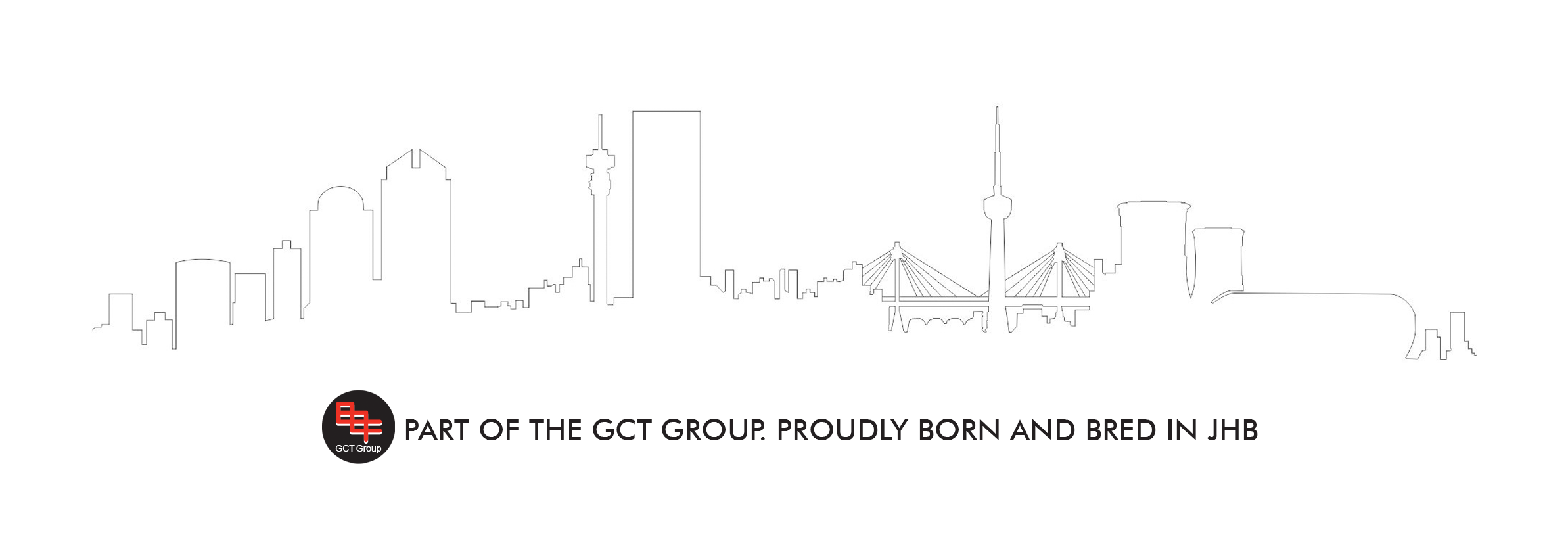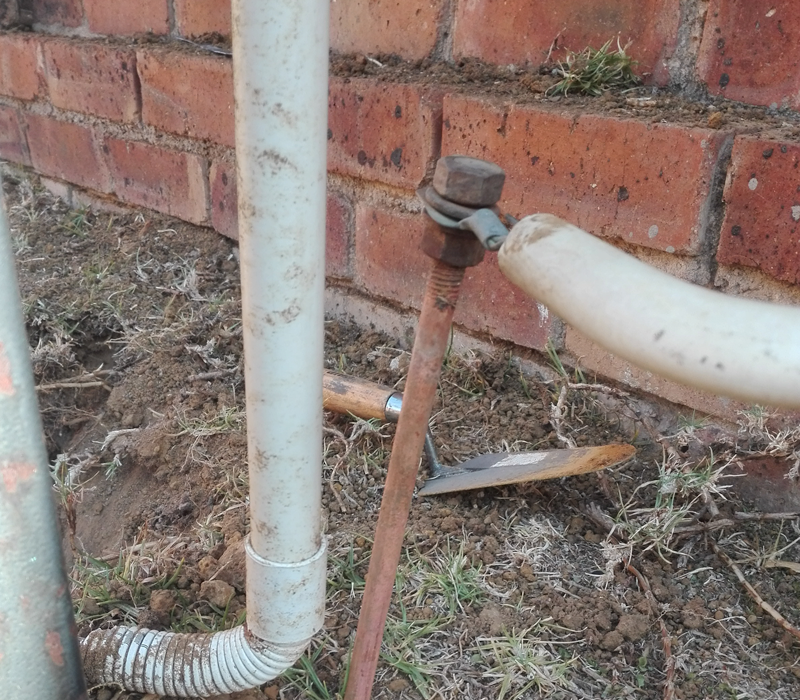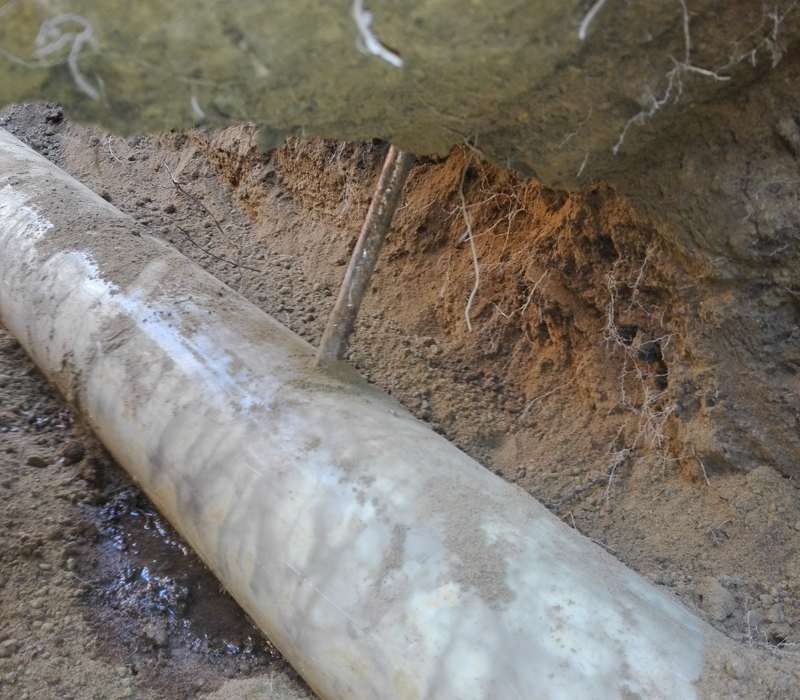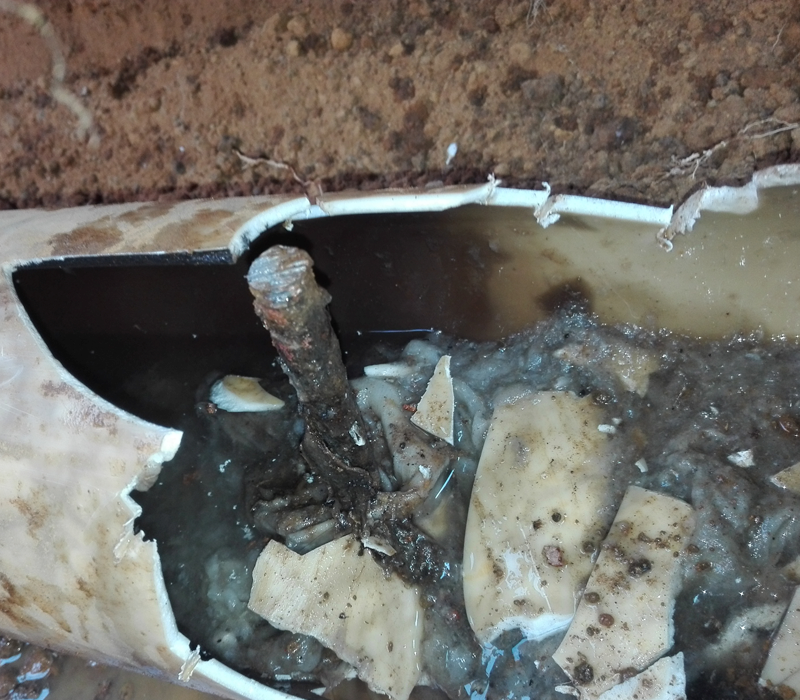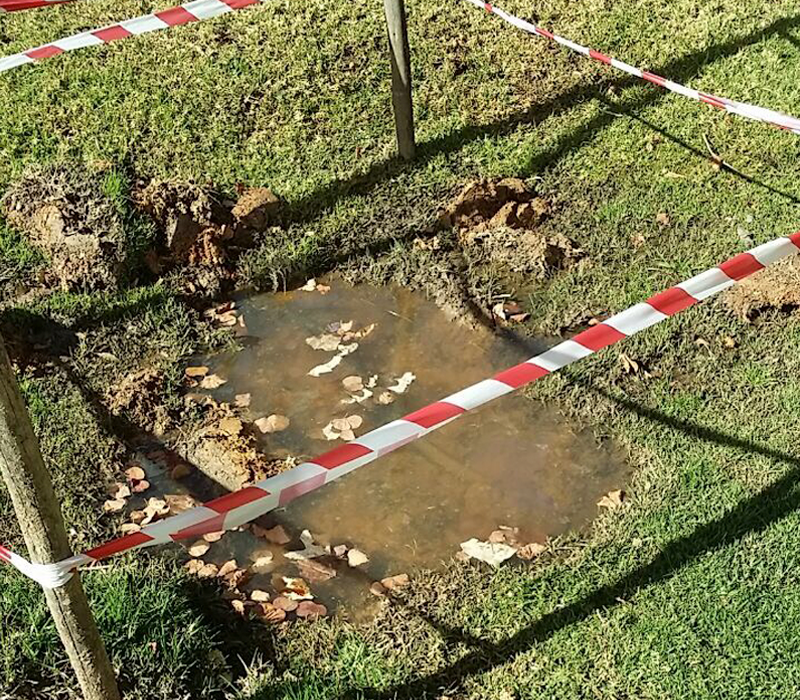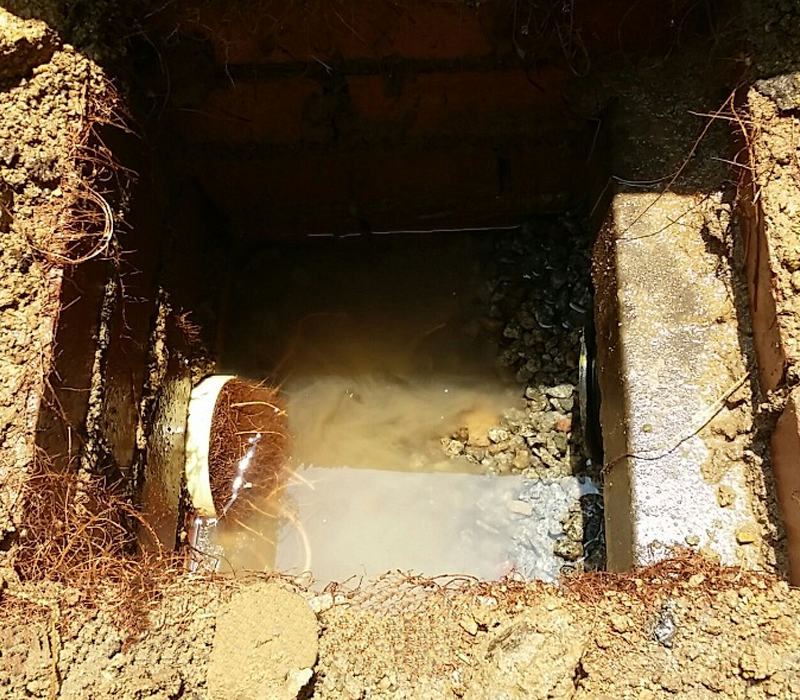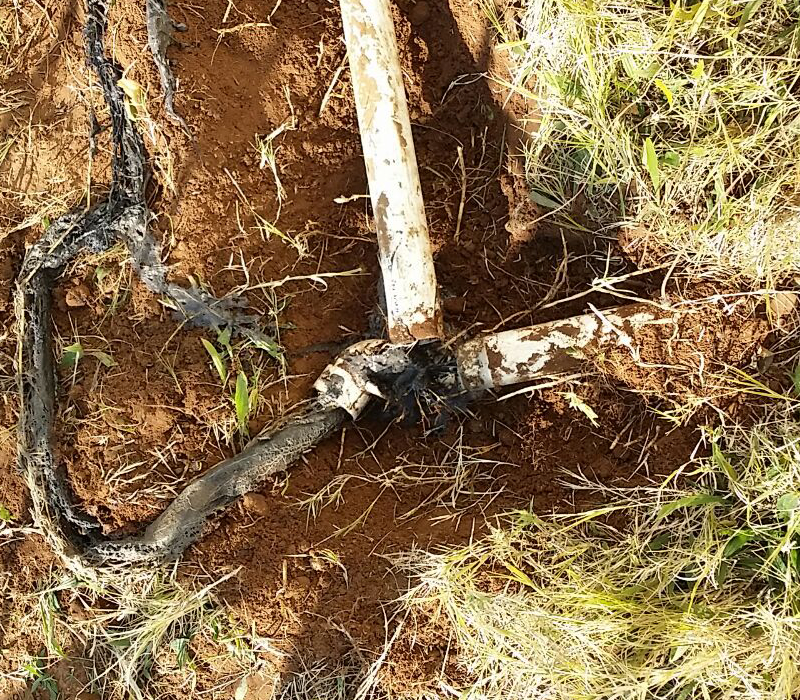OBSESSION – CARING – PRIDE. GCT IS PROUD OF THE SERVICE WE DELIVER
BLOCKED DRAINS
TOP TEN CAUSES THAT BLOCKS A DRAIN LINE:
Roots
Roots growing inside sewer pipes is a common problem, they are drawn to the warm water inside the pipes which cause vapour to escape into the soil. The roots are then attached to the joints and they force there way into the sewage system. Sewage in the system creates the best food for the roots. A slowed draining system is a common indicator of root problems. If left unattended the roots will completely block the pipes and total blockage will occur.
Nappies
Nappies are a common item known to block drains after being flushed down the toilet. The nappies then become immersed with water, absorb the moisture and enlarge, quickly blocking the pipes.
Fat/grease build up
Grease and fat will build-up in the kitchen sink over time. When fatty substances are washed down the drain they will stick to the inside of the pipes, eventually building up to a point where no liquid can pass through. As much of the grease as possible must be scraped off the dishes before washing them. Oil in the pans must be allowed to cool down and then poured into the dustbin before washing.
Hair
Hair is mostly found in the shower drains. Long hair is the most common hair to block drains. After every shower the hair should be removed from the shower grid.
Broken pipes
Sewage pipes can break due to roots and subsidence (subsidence is where the ground sinks to a lower level). It can be difficult to diagnose the problem as most of the time it is not visible (as the pipe is below the ground). This is when we use CCTV cameras.
Toys
Children accidentally drop their toys into a toilet and flush it down the drain, this causes blockages. Closed toilet seats and gully covers help prevent this.
Food scraps
Food scraps are a bigger problem than fat/grease because they are large so they can easily get stuck in your pipes. Scraping dishes before washing is a necessity if you want to avoid a clogged kitchen drain. The grime that comes off of the plates can accumulate over time and back your pipes up. We regularly find drains blocked by rice and mielie pap.
Damaged pipe work
Once the pipe is damaged it restricts the water from flowing freely and the pipe does not have the volume to move the solids and as a result causes a blockage.
Collapsed drains
There are a number of reasons why your drain will collapse.
Some of them are:
- Leaking pipe joint.
- Pipes not properly bedded.
- Anything such as roots that allows waste water to escape into the ground around the pipe. This water then erodes the soil around the pipe creating a cavity and eventually the pipe collapses due to no ground support.
Ladies sanitary items
Sanitary pads should not be flushed down the toilet. The pads absorb the moisture and enlarge causing blockages.
- Blocked drains are normally unblocked by GCT on the same day as the job is started.
- No one likes a blocked drain, at best its only a bad smell and slow draining basins and toilets.
- At worst its overflowing basins and toilets and raw sewage flooding your business or home.
Full Blockage
- When a drain blockage is blocked none of the drains will work.
- Your shower, bath, basin, and toilets, will not clear.
- This shows that the main line is blocked.
Partial Blockage
- When you flush your toilet and the water rises before it sinks it’s an indication that your drain has a partial blockage.
- Your showers, baths, basins and toilet will take a long period of time to drain/clear.
CCTV drain cameras
Dependent on the CCTV drain cameras used some have built in locators that will allow GCT to pinpoint the location and depth of the camera in the drainage system. The location of the blockage can then be identified.
- With this CCTV drain camera one is able to map and survey the pipe establishing what is causing the blockage.
- Our plumbing teams will then be able to show customers where the drainage problems are.
- After analysing the footage a detailed plan on the best way to fix the problem will be generated. GCT’s goal is to always ensure a long lasting solution.
- The CCTV cameras can be used under water in pipes from 40mm diameter upwards.
Once we know what is causing the problem/blockage we will advise you on the options available to generate an appropriate quote.
Dependent on the blockage we would normally:
- Rod the line with the appropriate rodding head either to hook (pull) or push the blockage.
- Excavate and repair the relevant section of the drain.
In areas where it is not obvious where the drain line is running, or the client is not aware of where the drain is running, the camera can show us where it is running below the ground.
